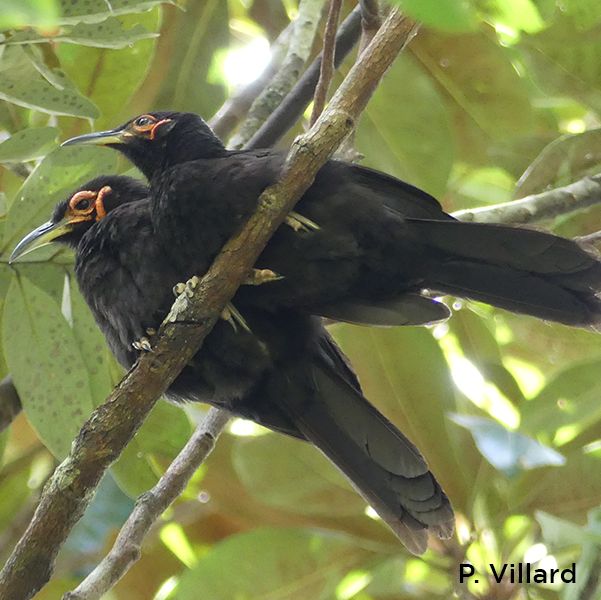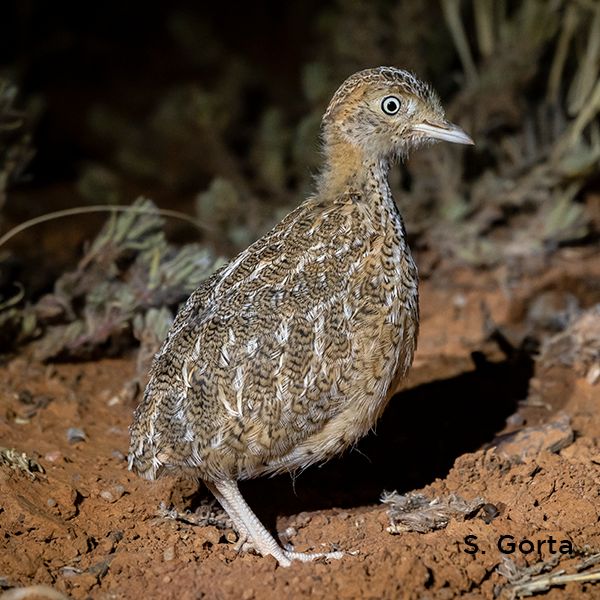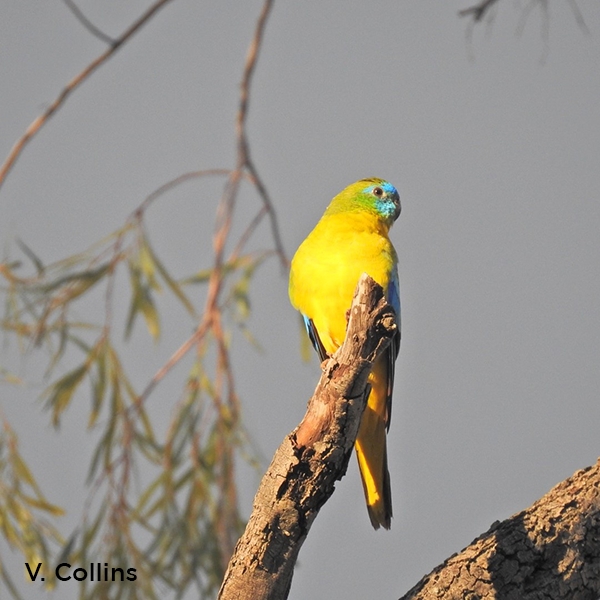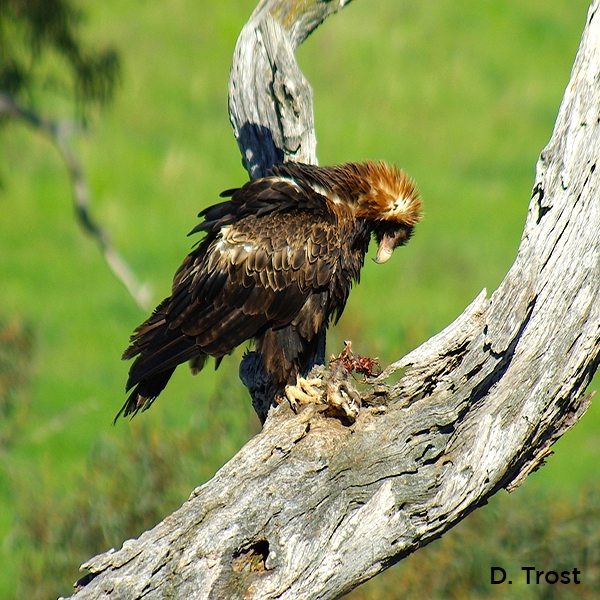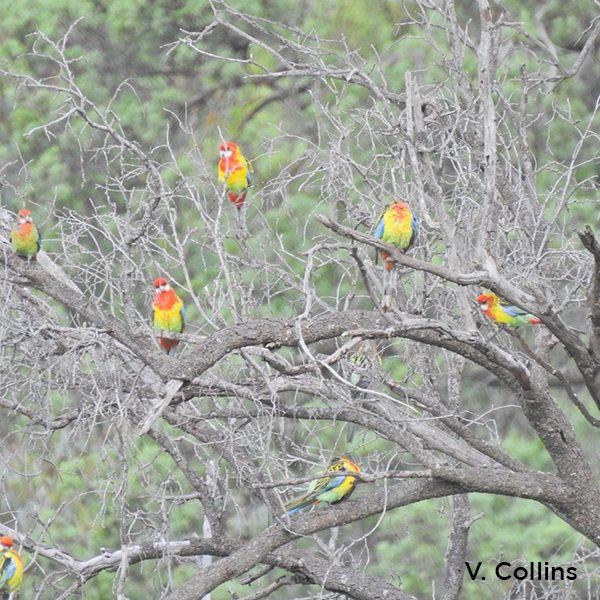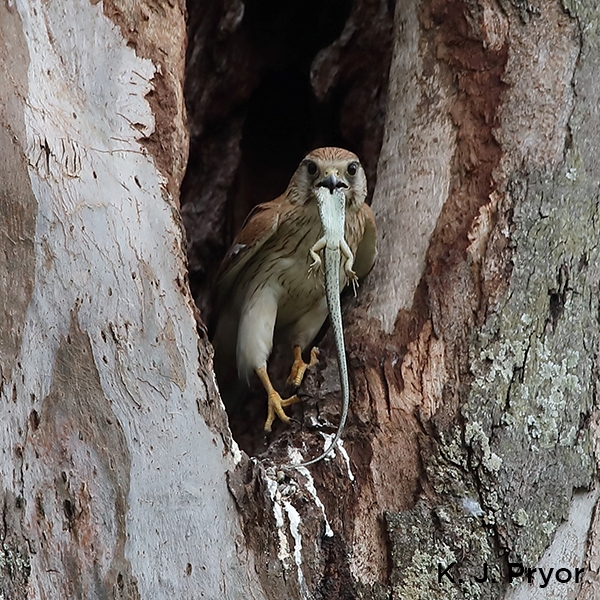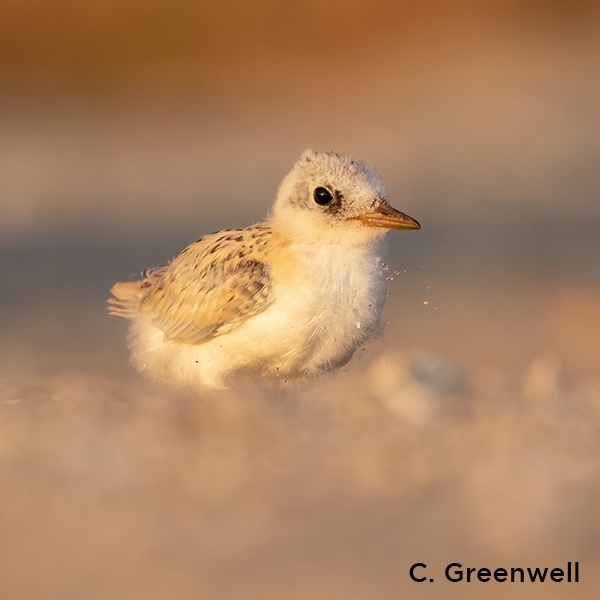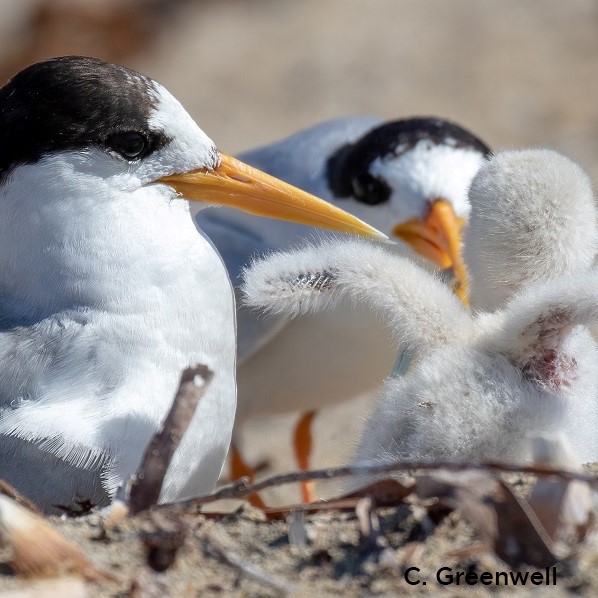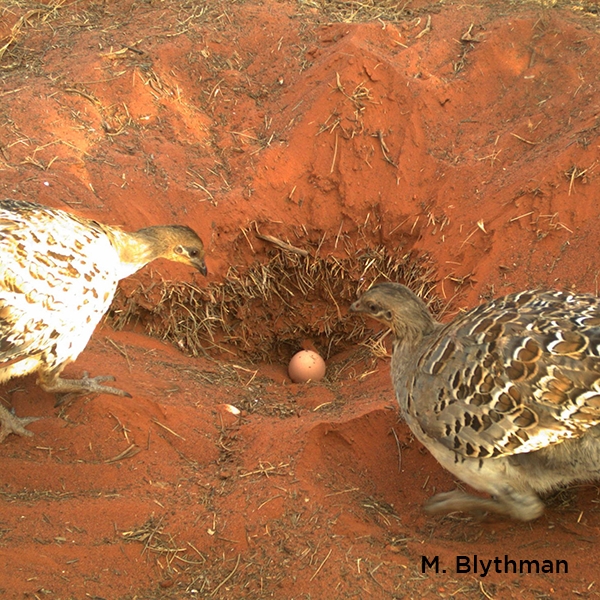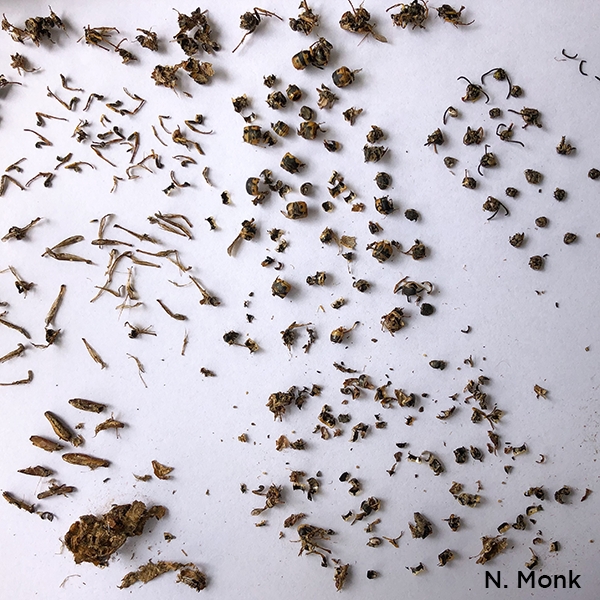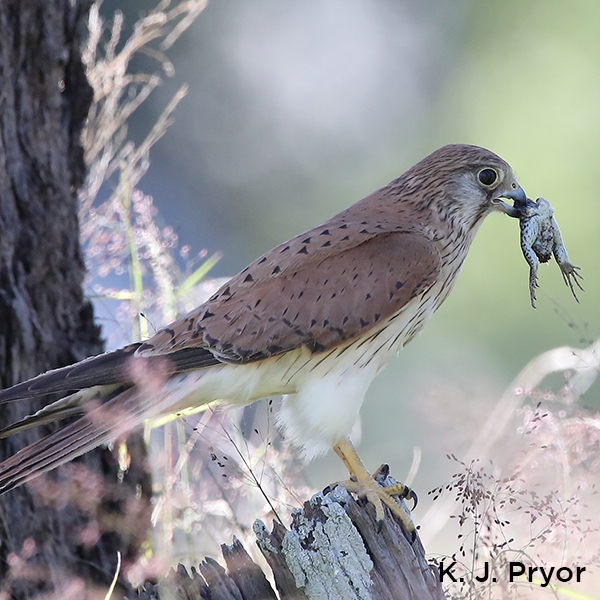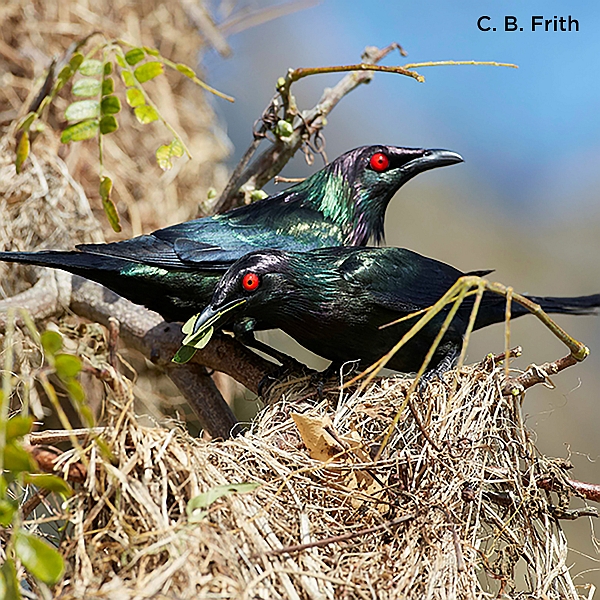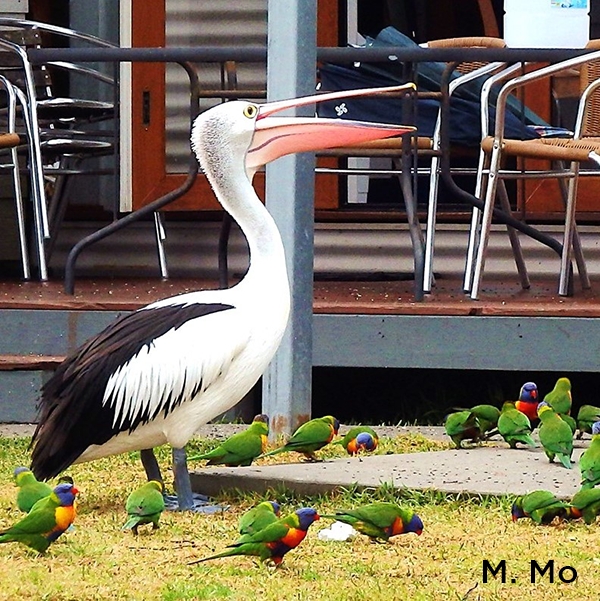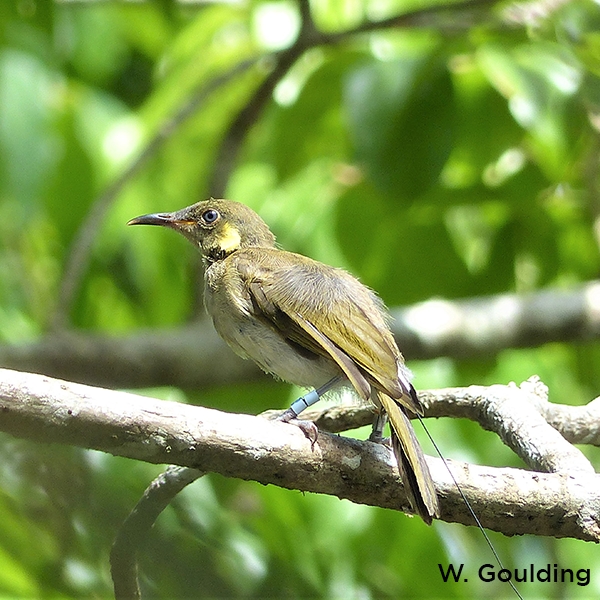Repeated nest failure precedes group dissolution and joining a neighbouring group by a female Variegated Fairy-wren Malurus lamberti
Lucas Corneliussen, James A. Kennerley, Marissa Zamora, Lucille Soulliere, Ryan Jack, Matthew Monteith, Sarah Partridge, Michael S. Webster, Jordan Boersma, William E Feeney
Abstract
Natural history observations can provide critical insights into the circumstances that promote unique behaviours that can be otherwise difficult to document, and in doing so act as a platform for more substantive research. Variegated Fairywrens Malurus lamberti live in complex social groups composed of a primary breeding pair as well as male and female helpers, but the circumstances that can influence group augmentation remain little studied. Here, we provide observational evidence at Lake Samsonvale, Queensland, which suggests that repeated nest failure can prompt a female to dissolve her group and join a neighbouring group as an auxiliary helper. Our observations provide new insights into the factors that may affect decision-making processes in the Variegated Fairy-wren, and suggest that factors other than direct fitness benefits may shape social decisions in this species.

